
In my tests, I have to use different Dockerfiles for different
types of tests and most of those Dockerfiles have the same beginning.
Usually installing something using apt-get install ...
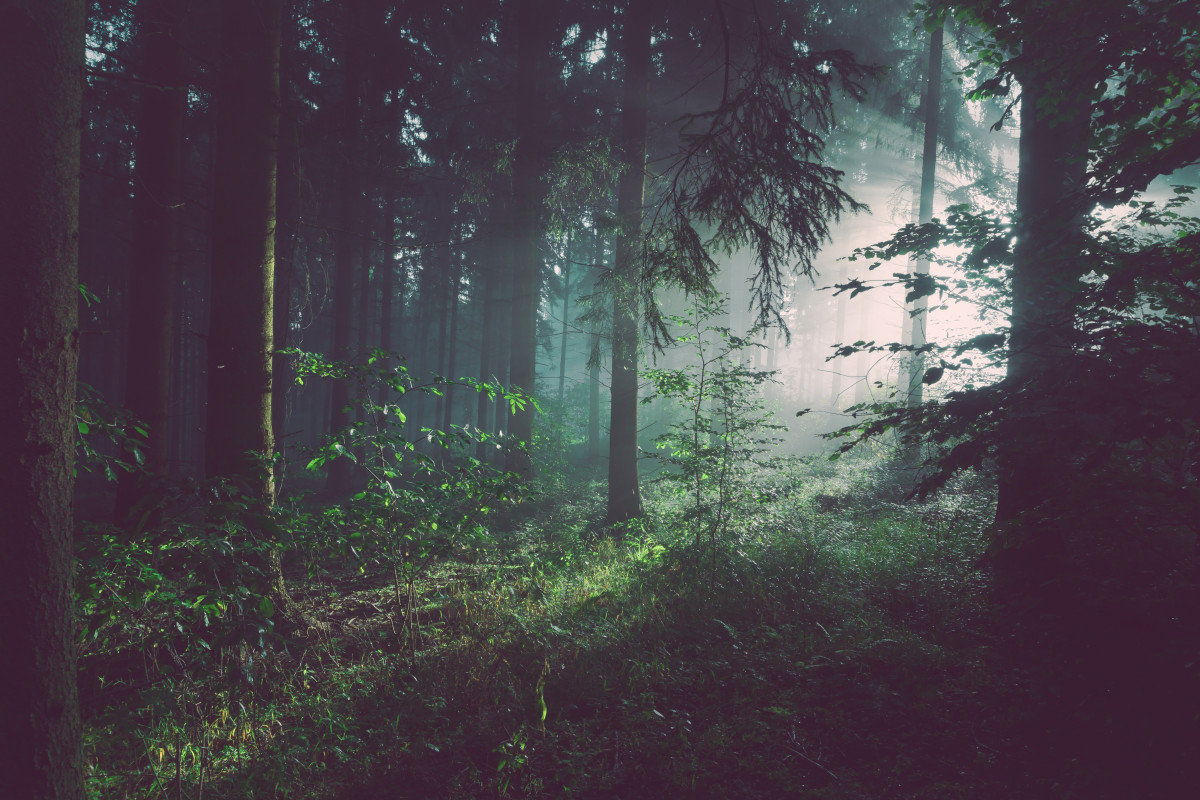
The objective of this article is to explore and model the dataset of homicides in the state of Santa Catarina. For each month, we use random forest to predict in a hexagon polygon data frame. Check out the maps inside.
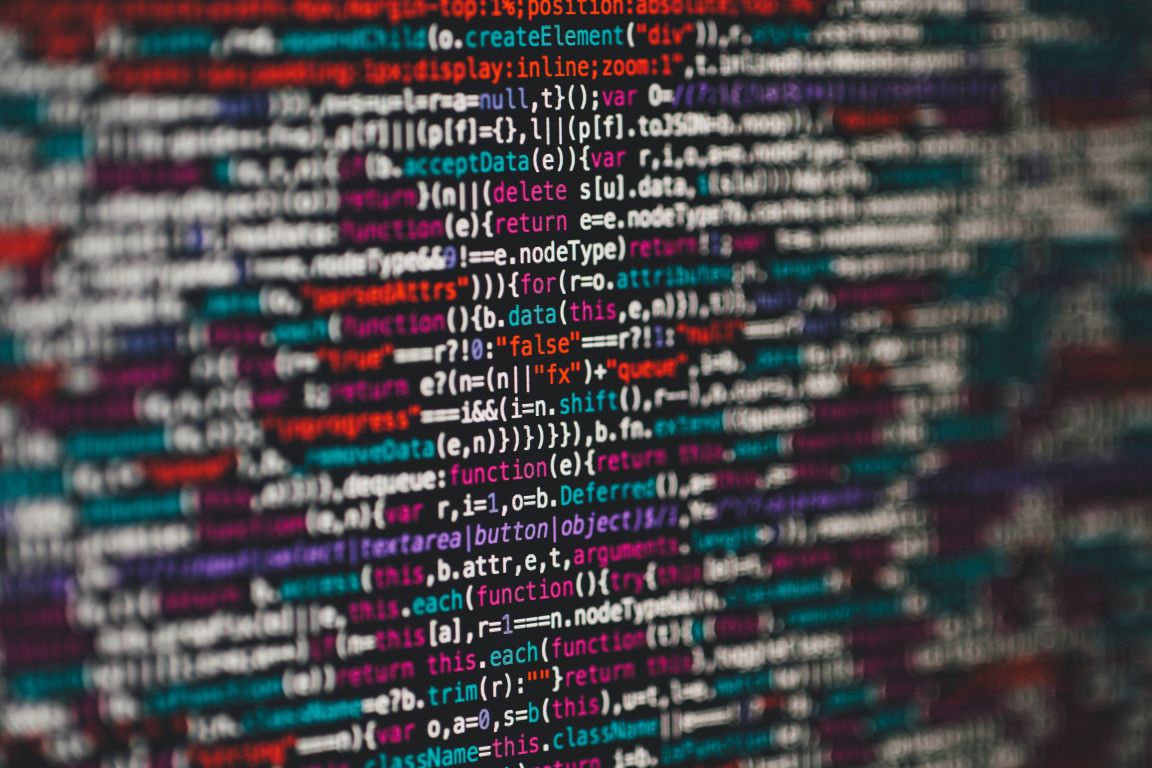
In this Jupyter notebook we build Gibbs and Metropolis-Hastings algorithms using only mathematical packages. It is challenging to build MCMC algorithms even for simple models. Check out the chain graphs inside.
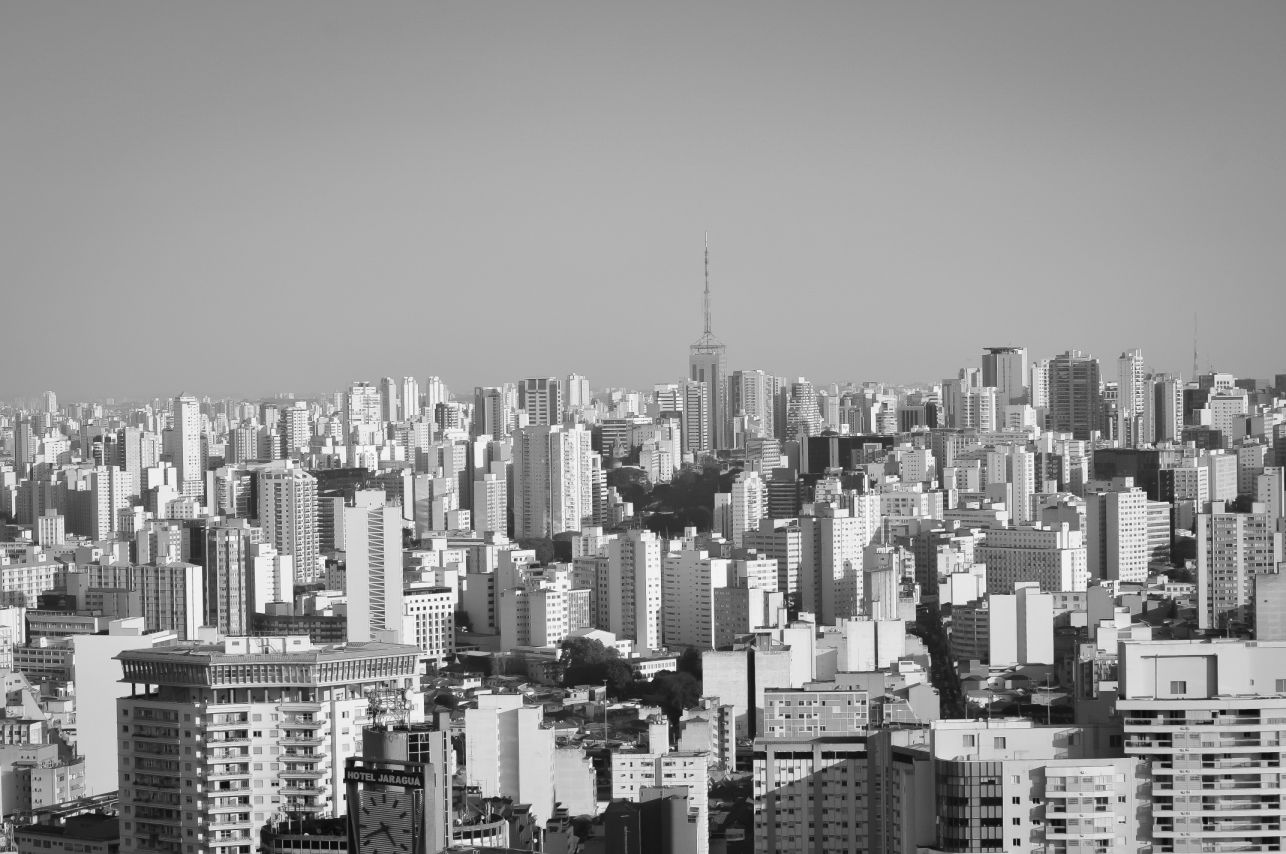
In this article we apply boosting and other models to predict real estate prices in the metropolitan region of São Paulo. We make maps showing the distribution of prices, and how housing characteristics impact price.

In this article we propose a method to summarize the predictions made by random forest and gradient boosting models. We do this for two applications made in previous articles.

We simulate some data generating processes. Then we fit random forests in samples from the simulated DGP. We explore a classification model.

Here we explore how bootstraps change when we change parameters. Some of the parameters that we change are number of bootstraps samples B, sample size m of each bootstrap sample and dispertion of orginal sample (variance σ2 of DGP).

The objective of this work is to build GIFs showing night time luminosity change in some large cities of Brazil. Have a look at the maps inside.
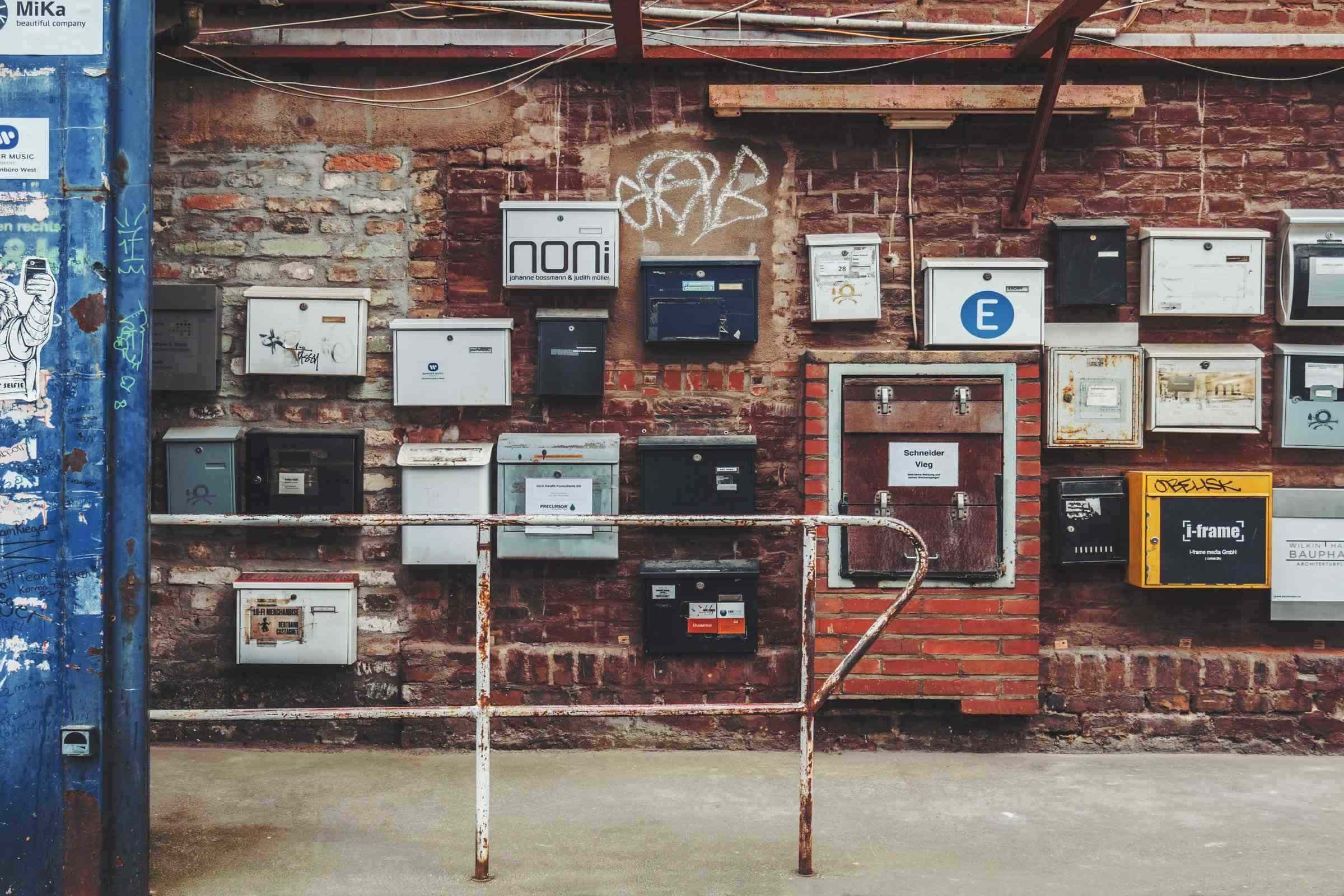
In this Jupyter notebook we build an algorithm that with a list of the 5 first digits of CEPs we find its geographic coordinate. We use python with selenium and beautiful soup.
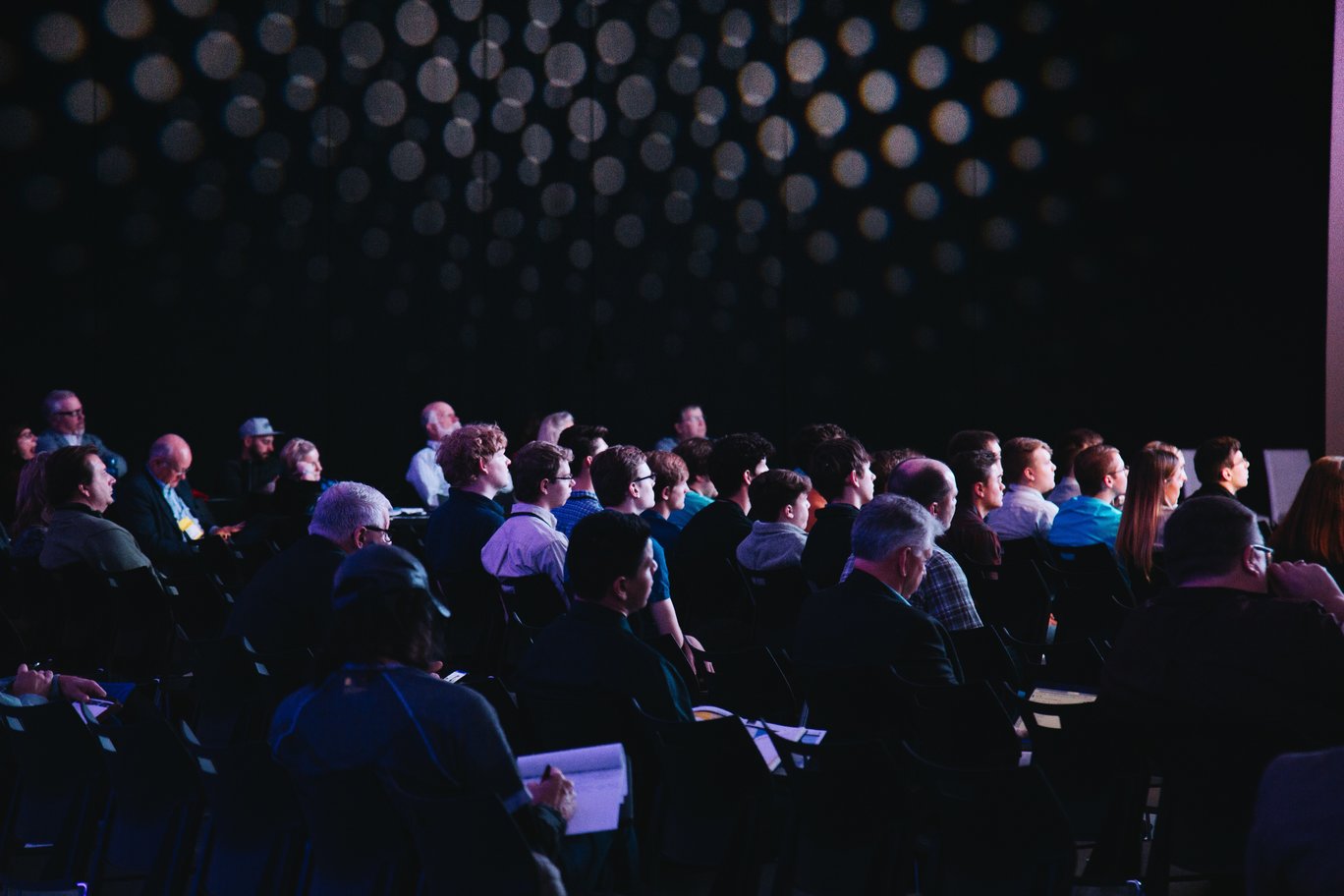
São Paulo School of Advanced Sciences hosted the SPSAS Learning from Data on August 2019. This is my report on the presentations. Some of the presenters are Abu-Mostafa, Ulisses Neto, Ling Liu, and Željko Ivezić.

This is master's thesis, it is about understanding the realtionship between political institutions
and economic development in municipalities of Brazil. I use a local spatial method called Geographically Weighted Regressions to explore the heterogeneity of the process.










